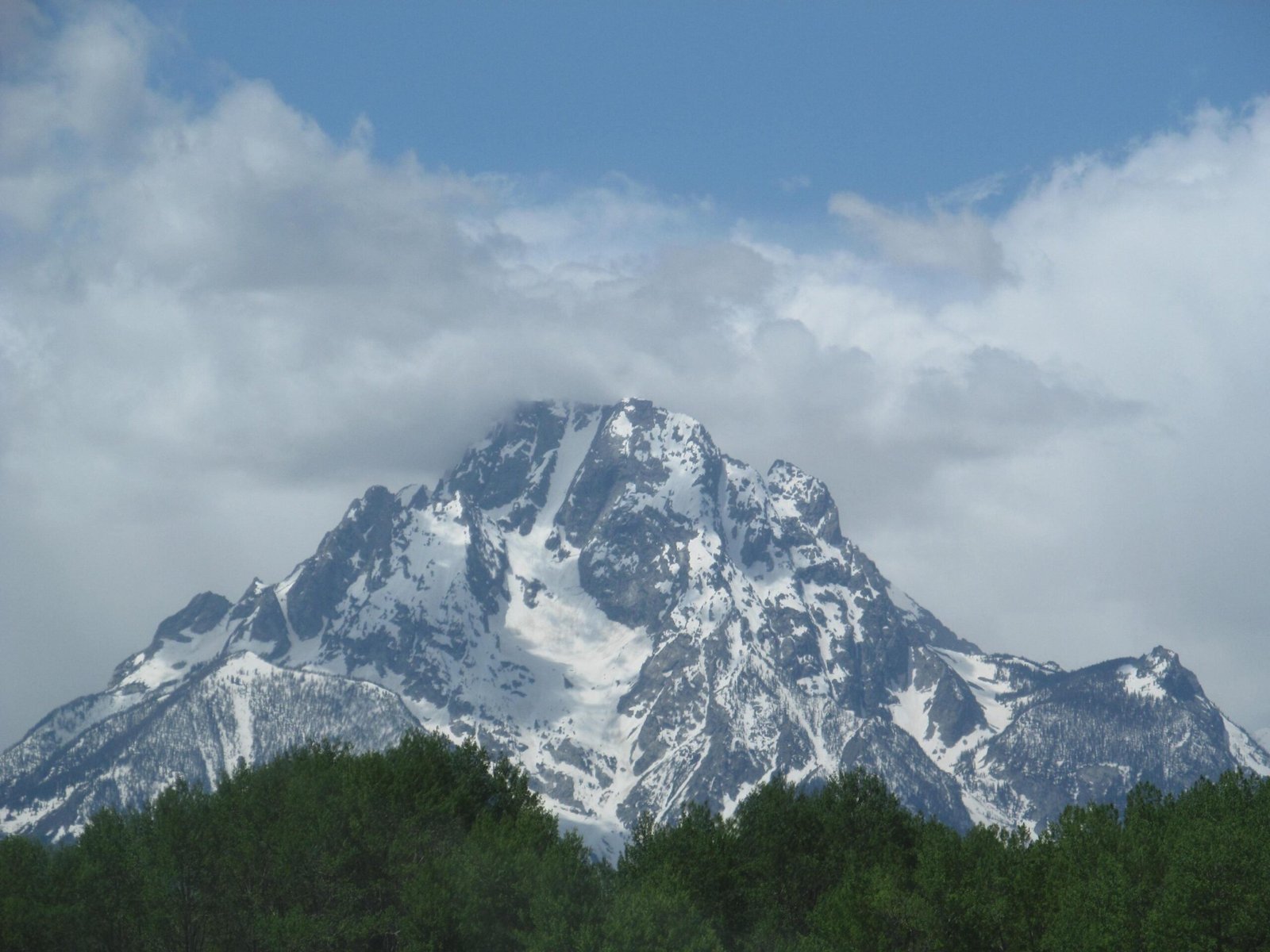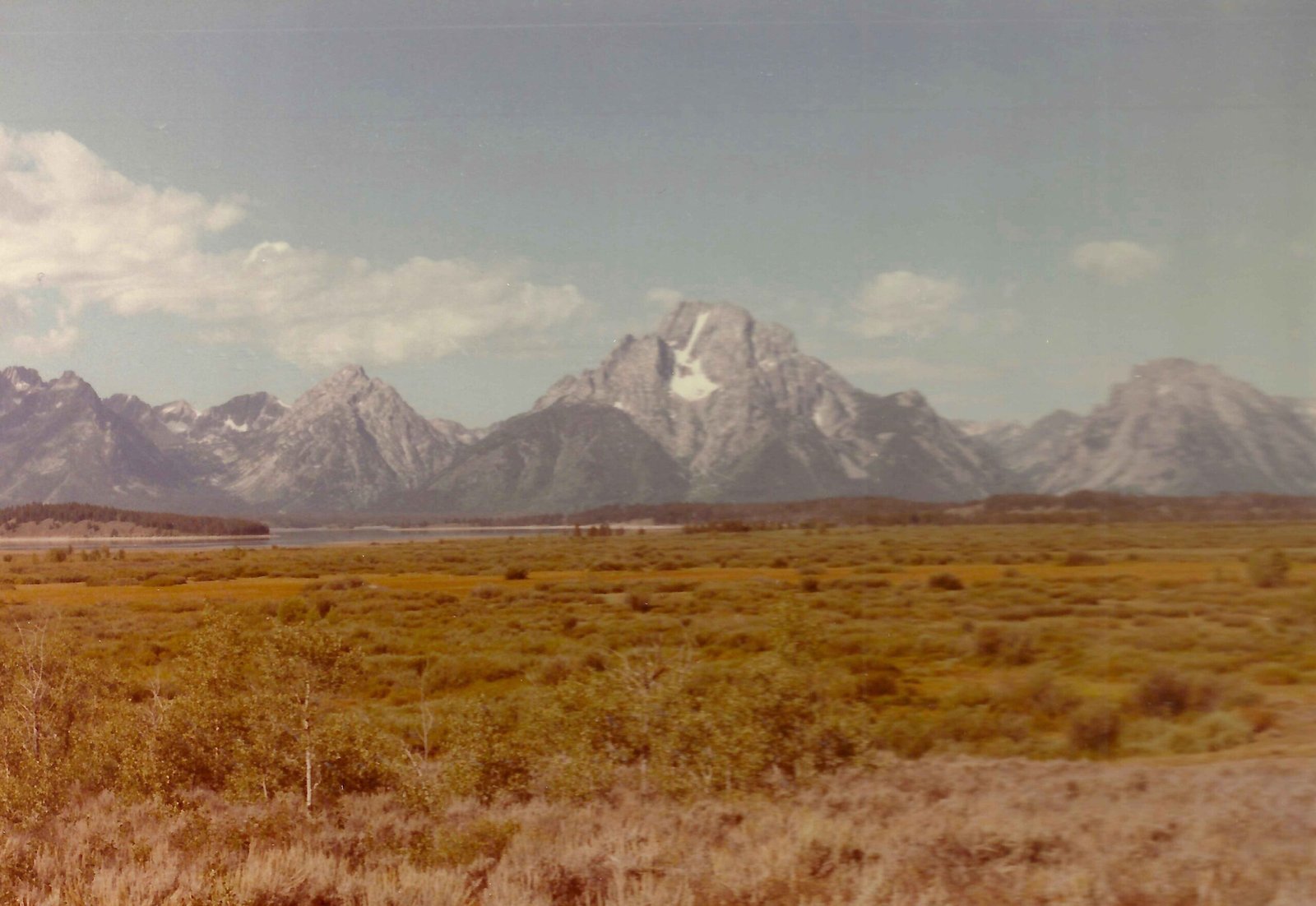Grand Teton National Park emerged from a complex legislative process, marking a pivotal moment in American conservation history. On February 26, 1929, President Calvin Coolidge signed legislation transforming 96,000 acres of pristine Wyoming landscape into a protected national park, setting the stage for preserving one of North America’s most breathtaking mountain ranges and ecological treasures.
What Led to the Park’s Establishment?

Who Were the Key Architects of Grand Teton’s National Park Status?
Several influential figures played crucial roles in establishing Grand Teton National Park:
- Senator John Kendrick
- Wyoming representative who introduced the original park legislation
-
Advocated for preserving the Teton mountain range
-
Horace Albright
- Yellowstone National Park Superintendent
-
Passionate conservationist who championed the park’s creation
-
John D. Rockefeller, Jr.
- Philanthropist who purchased extensive land in Jackson Hole
- Donated significant acreage to expand park boundaries
What Was the Initial Park Configuration?
| Aspect | Details |
|---|---|
| Original Acreage | 96,000 acres |
| Primary Features | Teton Range and six glacial lakes |
| Initial Protection | Mountain range and immediate surrounding areas |
How Did Conservation Efforts Shape the Park’s Development?
The park’s establishment represented more than a geographical designation—it symbolized a broader commitment to environmental preservation. Early conservation efforts focused on:
- Protecting unique alpine ecosystems
- Preserving wildlife habitats
- Preventing uncontrolled commercial development
- Creating public access to natural landscapes
What Significant Changes Occurred After Initial Establishment?
Critical milestones in the park’s evolution included:
- 1943: President Franklin D. Roosevelt established Jackson Hole National Monument
- 1950: Congress combined the original park and national monument
- 1972: Creation of John D. Rockefeller, Jr. Memorial Parkway
Why Was the Park’s Creation Significant?
Grand Teton National Park’s establishment represented a landmark moment in American conservation, demonstrating:
- Commitment to preserving natural landscapes
- Recognition of ecological and geological importance
- Public appreciation for wilderness protection
- Collaborative efforts between government and private philanthropists
How Did Local Communities Respond?
Initial reactions were mixed:
- Some local ranchers and landowners resisted park creation
- Tourism industry saw potential economic opportunities
- Conservationists celebrated the protective designation
- Native American communities had complex perspectives on land preservation
What Ecological Treasures Does the Park Protect?
The park safeguards:
– Diverse alpine ecosystems
– Extensive wildlife populations
– Unique geological formations
– Critical migration corridors for numerous species
Conclusion

Grand Teton National Park’s establishment on February 26, 1929, represents a pivotal moment in American conservation history. Through collaborative efforts and visionary leadership, this extraordinary landscape was preserved for future generations to explore, appreciate, and protect.

